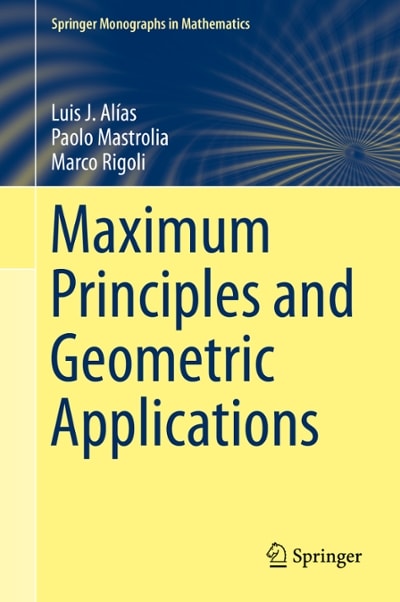Question
11. A nutritionist wants to determine how much time nationally people spend eating and drinking. Suppose for a random sample of 1052 people age 15
11. A nutritionist wants to determine how much time nationally people spend eating and drinking. Suppose for a random sample of 1052 people age 15 or older, the mean amount of time spent eating or drinking per day is 1.01 hours with a standard deviation of 0.63 hour. Complete parts (a) through (d) below.
(a) A histogram of time spent eating and drinking each day is skewed right. Use this result to explain why a large sample size is needed to construct a confidence interval for the mean time spent eating and drinking each day.
A. Since the distribution of time spent eating and drinking each day is not normally distributed (skewed right), the sample must be large so that the distribution of the sample mean will be approximately normal.
B. The distribution of the sample mean will never be approximately normal.
C. The distribution of the sample mean will always be approximately normal.
D. Since the distribution of time spent eating and drinking each day is normally distributed, the sample must be large so that the distribution of the sample mean will be approximately normal.
(b) There are more than 200 million people nationally age 15 or older. Explain why this, along with the fact that the data were obtained using a random sample, satisfies the requirements for constructing a confidence interval.
A. The sample size is greater than 5% of the population.
B. The sample size is less than 10% of the population.
C. The sample size is less than 5% of the population.
D. The sample size is greater than 10% of the population.
(c) Determine and interpret a 95% confidence interval for the mean amount of time Americans age 15 or older spend eating and drinking each day. Select the correct choice below and fill in the answer boxes, if applicable, in your choice. (Type integers or decimals rounded to three decimal places as needed. Use ascending order.)
A. There is a 95% probability that the mean amount of time spent eating or drinking per day is between ___ and ___ hours.
B. The nutritionist is 95% confident that the mean amount of time spent eating or drinking per day is between ___ and ___ hours.
C. The nutritionist is 95% confident that the amount of time spent eating or drinking per day for any individual is between ___ and ___ hours.
D. The requirements for constructing a confidence interval are not satisfied.
(d) Could the interval be used to estimate the mean amount of time a 9-year-old spends eating and drinking each day? Explain.
A. Yes; the interval is about individual time spent eating or drinking per day and can be used to find the mean amount of time a 9-year-old spends eating and drinking each day.
B. No; the interval is about individual time spent eating or drinking per day and cannot be used to find the mean time spent eating or drinking per day for specific age.
C. Yes; the interval is about the mean amount of time spent eating or drinking per day for people people age 15 or older and can be used to find the mean amount of time spent eating or drinking per day for 9-year-olds.
D. No; the interval is about people age 15 or older. The mean amount of time spent eating or drinking per day for 9-year-olds may differ.
E. A confidence interval could not be constructed in part (c).
12. The accompanying data represent the total travel tax (in dollars) for a 3-day business trip in 8 randomly selected cities. A normal probability plot suggests the data could come from a population that is normally distributed. A boxplot indicates there are no outliers. Complete parts (a) through (c) below. 67.87 79.19 69.38 84.63 79.11 85.85 101.14
(a) Determine a point estimate for the population mean travel tax. A point estimate for the population mean travel tax is $____. (Round to two decimal places as needed.)
(b) Construct and interpret a 95% confidence interval for the mean tax paid for a three-day business trip. Select the correct choice below and fill in the answer boxes to complete your choice. (Round to two decimal places as needed.)
A. There is a ____% probability that the mean travel tax for all cities is between $___ and $___.
B. One can be ___% confident that the all cities have a travel tax between $___ and $___.
C. One can be ___% confident that the mean travel tax for all cities is between $___ and $___.
D. The travel tax is between $___ and $___ for ____% of all cities.
(c) What would you recommend to a researcher who wants to increase the precision of the interval, but does not have access to additional data?
A. The researcher could decrease the sample standard deviation.
B. The researcher could decrease the level of confidence.
C. The researcher could increase the sample mean.
D. The researcher could increase the level of confidence.
Step by Step Solution
There are 3 Steps involved in it
Step: 1

Get Instant Access to Expert-Tailored Solutions
See step-by-step solutions with expert insights and AI powered tools for academic success
Step: 2

Step: 3

Ace Your Homework with AI
Get the answers you need in no time with our AI-driven, step-by-step assistance
Get Started


